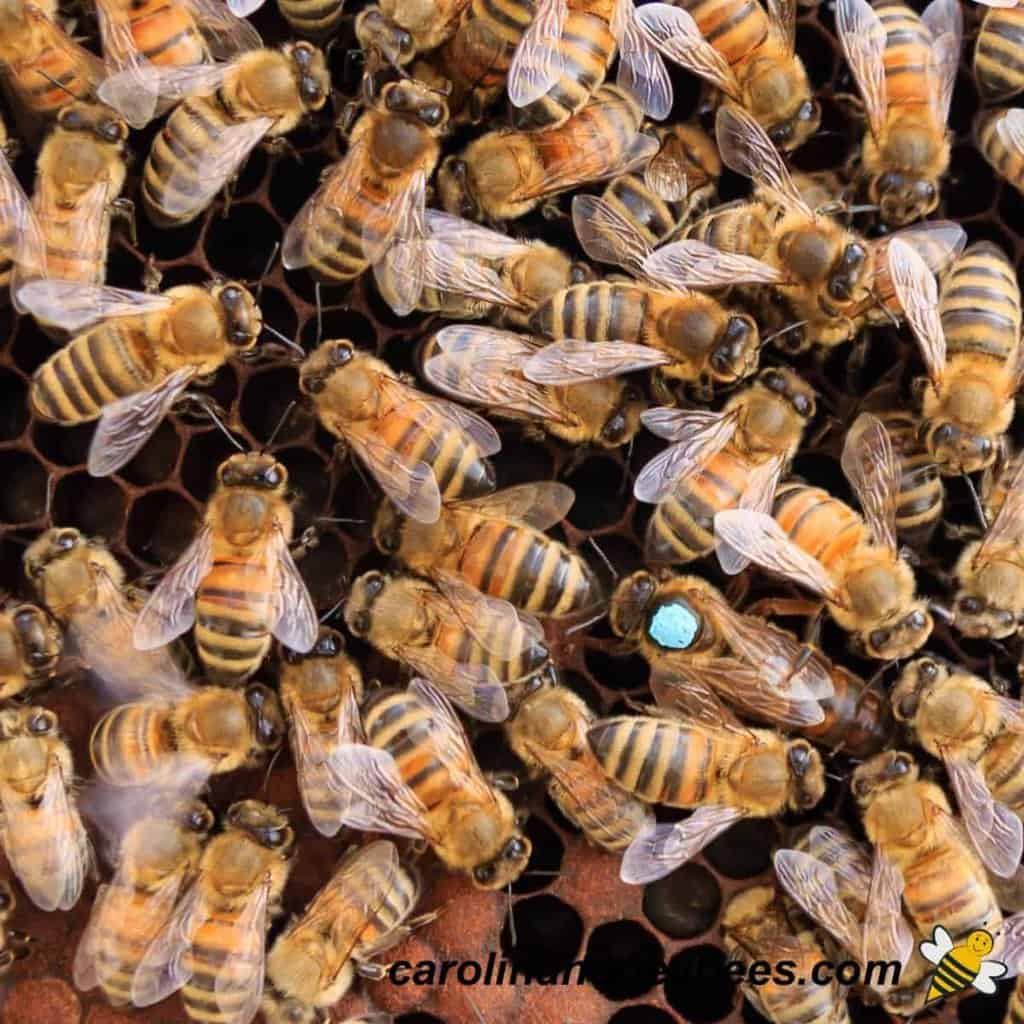This guide is designed to provide beekeepers with a comprehensive overview of how to get a queen bee for their beekeeping setup. It covers the different types of queen bees, the best ways to obtain them, and the necessary steps to ensure a successful queen bee introduction. Additionally, it provides tips on how to make sure the queen bee is healthy and productive. With this guide, beekeepers will have all the information they need to get a queen bee and have their beekeeping operation running smoothly.
What is a Queen Bee?
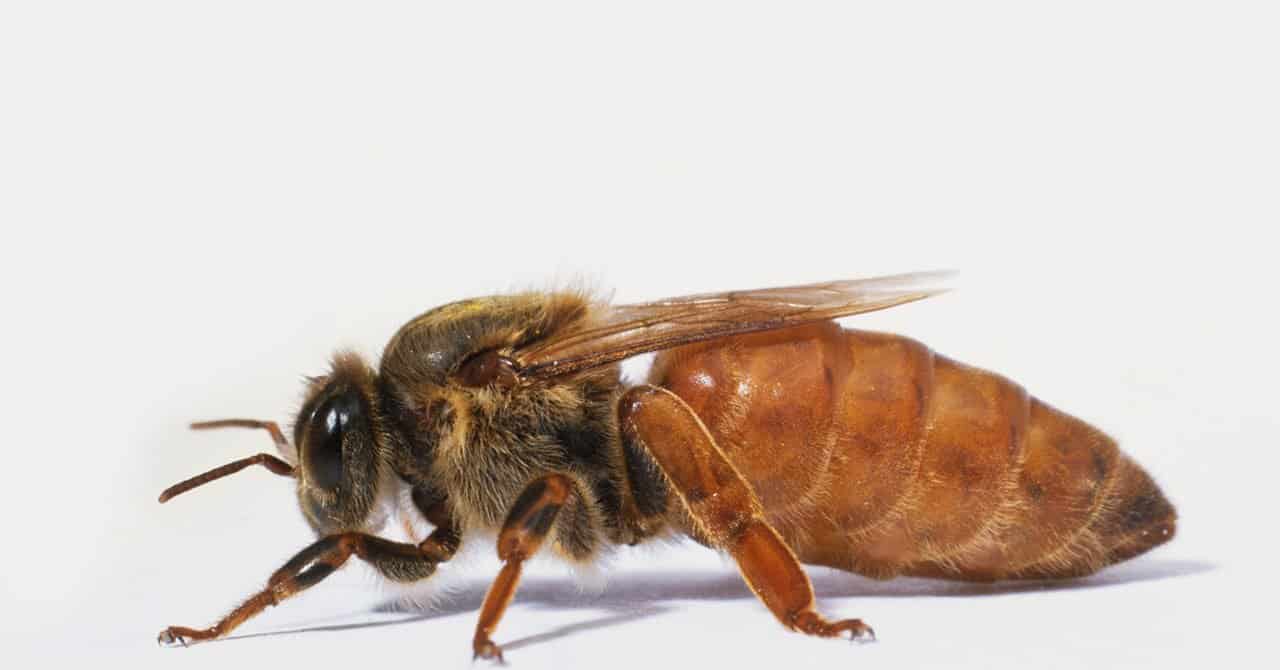
A queen bee is the most important bee in any bee colony. The queen bee is the only reproductive member of the colony, responsible for laying all of the eggs that will develop into new worker bees. Queen bees are usually larger than worker bees and have a longer lifespan, usually lasting up to 5 years. Queen bees are essential to the health and success of any beekeeping operation, as they are the only way to propagate the colony and keep it healthy. Therefore, it is important for any beekeeper to understand how to get a queen bee for their hive.
Benefits of Having a Queen Bee
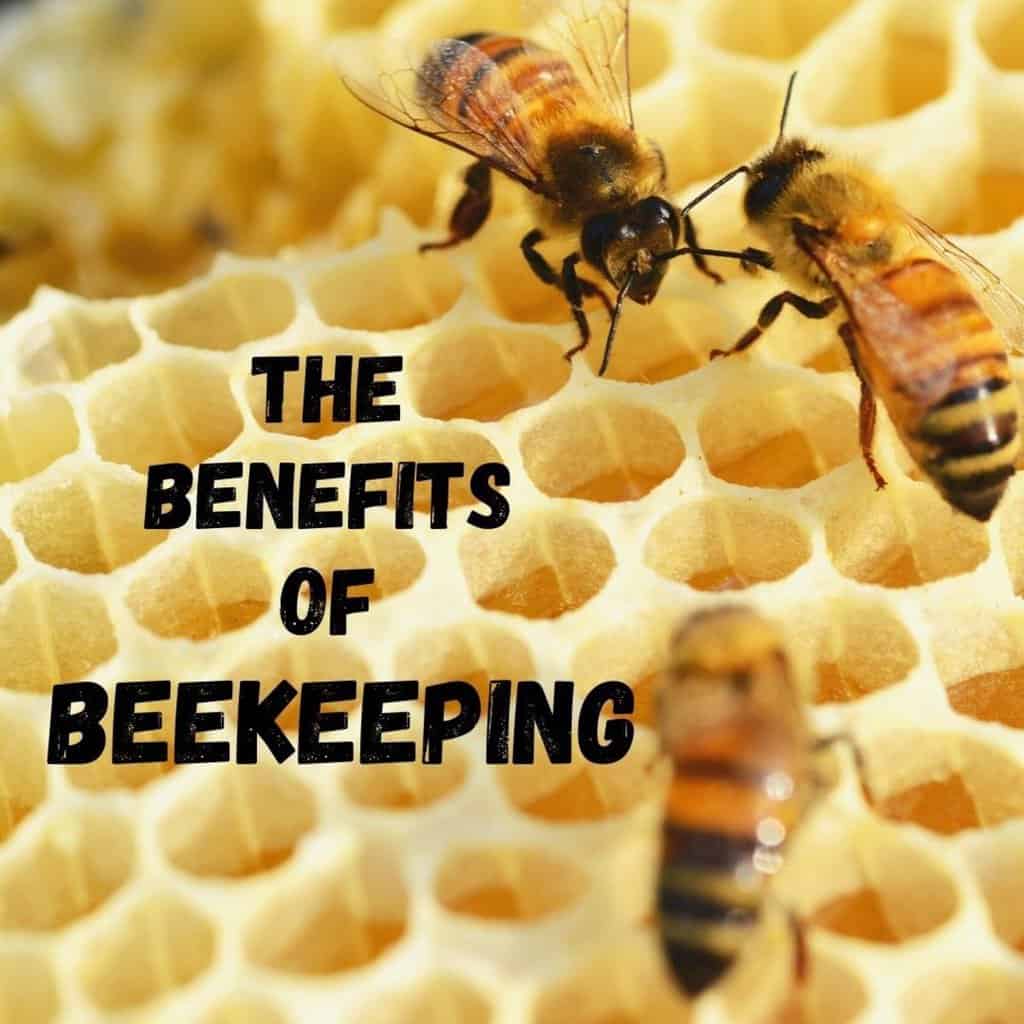
- Increased Honey Production: A queen bee is responsible for laying eggs, which are the foundation of a healthy bee colony. Having a well-mated queen bee in your colony can drastically increase honey production due to the increased number of worker bees.
- Improves Pollination: A healthy queen bee is also essential for pollination. The queen bee’s presence is needed for the colony to move freely and pollinate a variety of plants and flowers.
- Boosts Colony Population: A well-mated queen bee can lay up to 1500 eggs in a single day, which helps to boost the population of the colony and increases the overall productivity of the hive.
- Improved Lifespan: Queen bees can live up to 5 years, which is significantly longer than the average worker bee’s life expectancy. This extended lifespan allows the queen to build up a healthy and productive colony.
Different Methods of Obtaining a Queen Bee
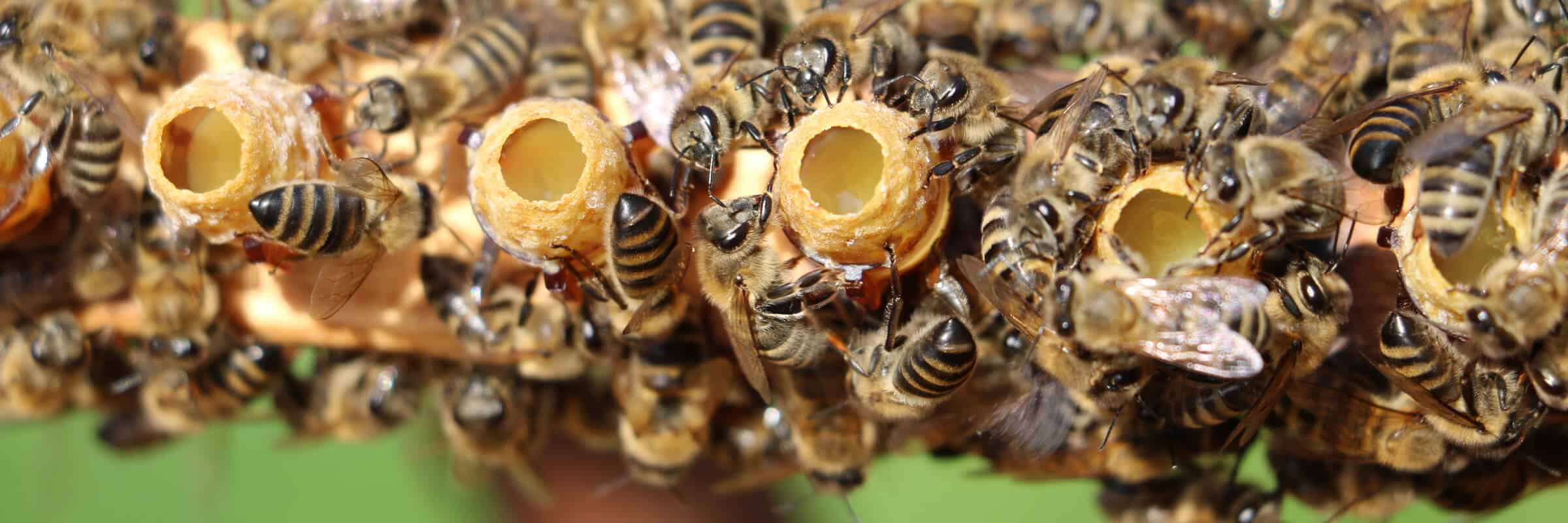
Capturing Wild Queen Bees
Capturing wild queen bees is not an easy task, as it involves locating a hive and extracting the queen. Professional beekeepers may have access to special tools, such as a queen catcher, to help with this process. It is important to be aware of the risks associated with this method, such as irritating the bees and putting yourself in danger.
Purchasing Queen Bees
Queen bees can be purchased from bee suppliers. This is a much safer and more cost-effective option than capturing wild queens. The quality of the queen bee may vary depending on the supplier, so it is important to do some research before making a purchase.
Splitting Colonies
Splitting colonies is an effective way of creating new colonies. This involves taking a healthy colony and separating it into two or more colonies. A new queen can then be introduced to the new colonies.
Raising Queen Cells
Queen cells can be raised from larvae in the hive. This requires careful monitoring of the colony and the queen cells, as well as providing proper nutrition for the developing queen. This method takes time and patience, but can be a rewarding experience for the beekeeper.
How to Catch a Wild Queen Bee
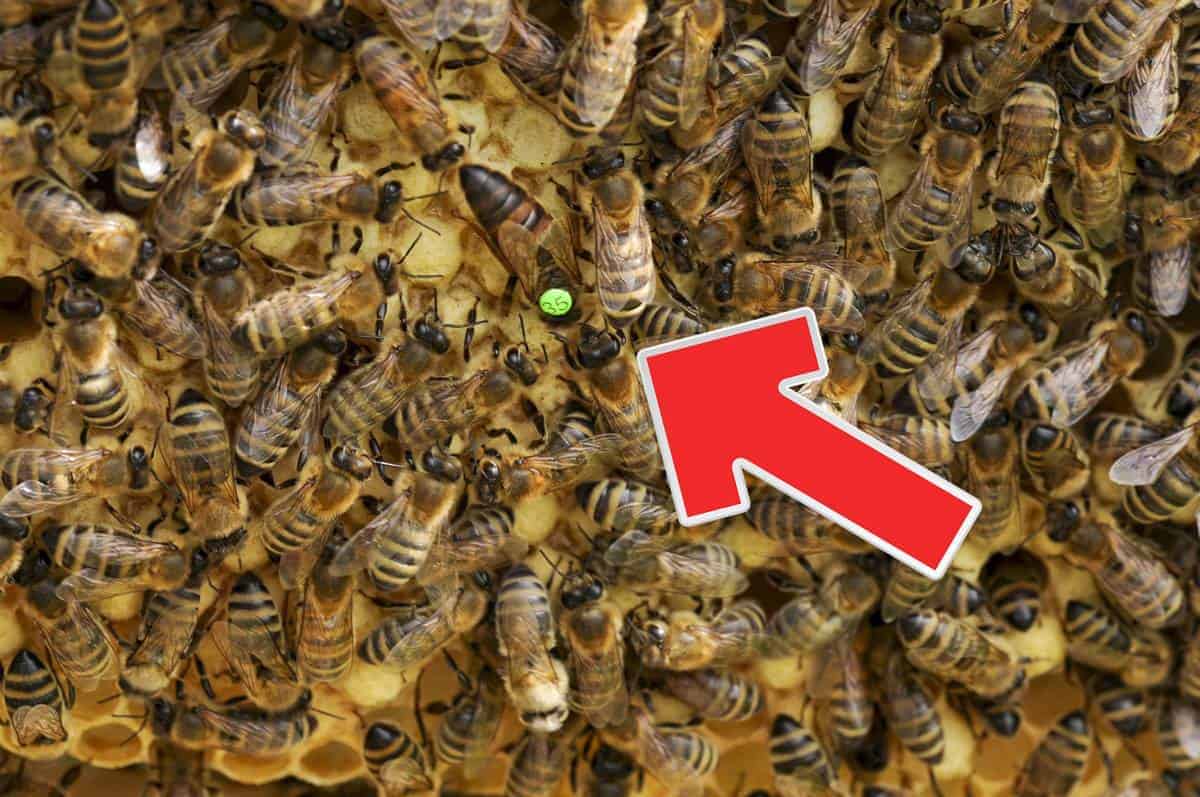
Identifying the Queen
Determining the queen bee is the first step in catching a wild queen bee. She’s typically larger than the other bees, with a more elongated body. She’s also the only bee in the colony with fully developed wings.
Preparation
Before attempting to catch a wild queen bee, prepare the necessary equipment. This includes a bee net, a bee smoker, and a beekeeper suit. Ensure that the bee net is large enough to fit the queen bee and that the bee smoker is filled with fuel.
Trapping the Queen
Locate the queen bee in the bee colony and use the bee smoker to calm the other bees. This should allow you to approach the queen bee without risk of being stung. Once close enough, carefully use the bee net to trap the queen bee. Then, carefully transfer the queen bee to the hive box.
How to Purchase a Queen Bee
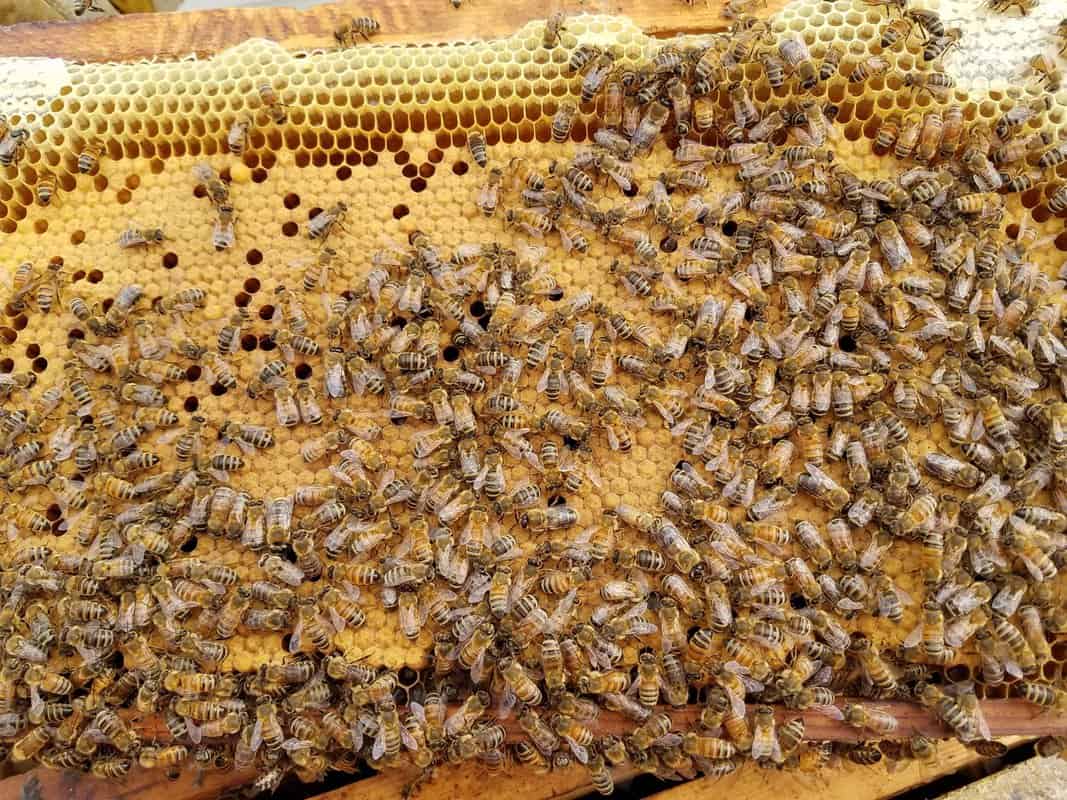
Queen Bee Price
Queen bees typically range in price from $25–$50, depending on the strain and availability.
Where to Buy
Queen bees can be purchased from local beekeepers, online suppliers, or at beekeeping supply stores.
When to Buy
Queen bees can be purchased year-round, but it’s best to purchase them in the spring when they are most active.
Ordering Process
| Step | Description |
|---|---|
| 1 | Choose a queen bee strain and check availability. |
| 2 | Order the queen bee from the supplier. |
| 3 | Wait for the queen bee to arrive. |
| 4 | Install the queen bee in the hive. |
Shipping
Most queen bees are shipped via USPS Priority Mail or UPS. It’s important to check the supplier’s shipping policy to ensure the queen bee arrives safely.
How to Split a Colony
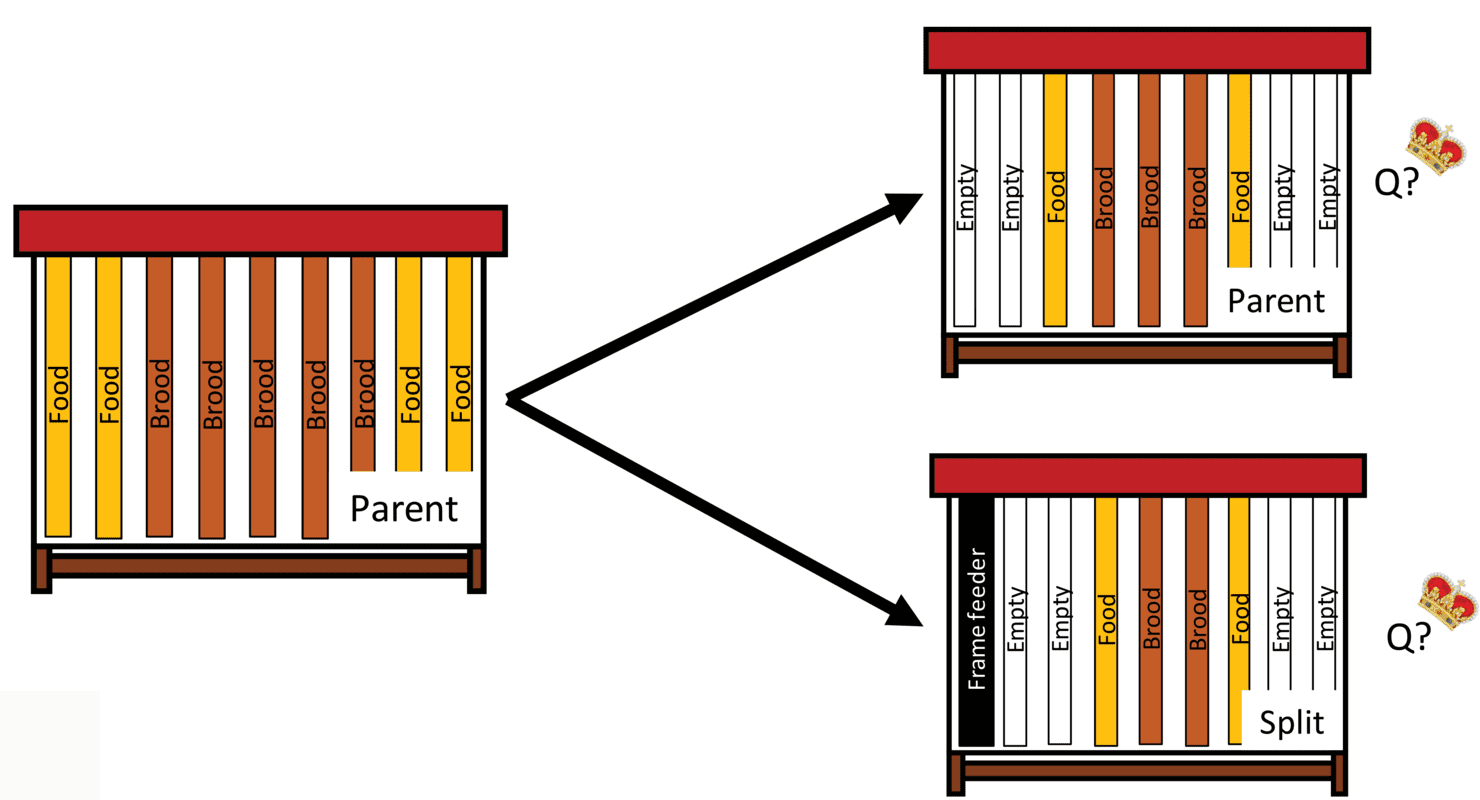
When a bee colony is strong enough, it can be split into two colonies. This can be done by transferring some of the bees, a frame of brood, and a queen into a new hive. To split a colony, the beekeeper must first find the queen and mark her. This can be done by either marking her with a paint pen or putting a dot of food coloring on her back. Once the queen is located and marked, the beekeeper can start transferring frames of brood and bees into the new hive. The frames should include a good amount of bees and brood, as well as some honey and pollen. It is important to transfer the marked queen into the new hive, as the bees will not accept a new queen. Once the frames have been transferred, the beekeeper should add a new frame of foundation and place a queen excluder at the entrance of the new hive. This will ensure the queen stays in the new hive, allowing it to survive and grow. The beekeeper should then check the new hive in a few days to make sure the queen has settled in and the colony is doing well.
How to Raise Queen Cells
Queen cells are produced from fertilized eggs by the worker bees. The queen cells are initially small and then expand in size. They are usually found on the bottom of the frames. To raise queen cells, you need to give the colony a frame of honey and pollen, a frame of open brood, and a frame of sealed brood. Provide the colony with ample food and encourage the colony to produce queen cells.
Step 1: Inspect the colony and look for any signs of queen cells.
Step 2: If queen cells are present, leave them in the colony, if not, you can stimulate the colony to produce queen cells. You can do this by providing the colony with a frame of honey and pollen, a frame of open brood, and a frame of sealed brood.
Step 3: Once the queen cells have been produced, check the colony daily for any new queen cells, and if any are present, remove them from the colony.
Step 4: Place the queen cells in a queen-rearing cage, or in an artificial swarm box, and provide them with plenty of food and a small amount of space.
Step 5: Once the cells have been raised, you can introduce the virgin queen to the colony.
| Step | Action |
|---|---|
| 1 | Inspect the colony and look for any signs of queen cells. |
| 2 | Stimulate the colony to produce queen cells. Provide the colony with a frame of honey and pollen, a frame of open brood, and a frame of sealed brood. |
| 3 | Check the colony daily for any new queen cells, and if any are present, remove them from the colony. |
| 4 | Place the queen cells in a queen-rearing cage, or in an artificial swarm box, and provide them with plenty of food and a small amount of space. |
| 5 | Once the cells have been raised, you can introduce the virgin queen to the colony. |
Frequently Asked Questions
What Supplies Do I Need to Get Started Beekeeping?
Beekeeping requires basic supplies like a bee hive, bee suit, smoker and hive tool. Other essential items include a bee brush, bee feeder, queen excluder, honey extractor and beekeeping gloves. To successfully keep bees, you’ll need to ensure that you have the correct number of frames for the hive and foundation for the frames. Additionally, you’ll need to have the proper beekeeping medication on hand to help keep your hives healthy.
How do I know when the queen bee has arrived?
- Size and Color: A queen bee is usually larger and darker in color than worker bees.
- Behavior: Queen bees are usually surrounded and attended to by worker bees. The worker bees will be seen fanning their wings near the queen bee.
- Markings: Many commercial bee breeders will mark the queen bee with a small dot of paint for identification.
What is the Best Way to Introduce a Queen Bee to a Hive?
The introduction of a queen bee to a hive is a delicate process. To ensure successful acceptance of the queen bee, the beekeeper must introduce her in a way that is least disruptive to the hive. The best way to introduce a queen bee is to cage her for a few days, allowing the bees to become accustomed to her presence. After a few days, the beekeeper can open the door of the cage, allowing the queen to exit the cage and join the hive.
How often do I need to check on the queen bee after introducing her to the hive?
The first check should be done within 24 hours of introducing the queen bee to the colony. After that, routine inspections should be done every few weeks to ensure the queen is healthy and that the colony is thriving. Keep an eye out for eggs and signs of disease such as mites, wax moths, and other pests. If the queen is not accepted by the colony, a new one should be introduced.
What are some of the Benefits of Having a Queen Bee in My Beekeeping?
- A Stronger Hive: Having a queen bee in your hive can help strengthen the colony by providing a strong, healthy queen to lay eggs and maintain the hive. Without a queen, the hive will become weak and prone to disease.
- Increased Honey Production: Queen bees are responsible for laying eggs and producing new bees. The more bees in the hive, the more honey production. Having a queen bee in your hive can help increase honey production and ensure the health of your colony.
- Better Pollination: A strong, healthy queen bee can help ensure the health of the hive and its ability to pollinate plants and flowers. This can help increase crop yields and help the environment.
- Fewer Pests: Having a strong, healthy queen bee can help ward off pests and predators, which can help keep your hive safe and pest-free.
Conclusion
In order to get started with beekeeping, you need to have a queen bee that is healthy and productive. To get a queen bee, you can either purchase one from a local beekeeper or a beekeeping supplier, or you can raise your own queen bees from a colony. It is important to research the queen bee’s lineage and consider the cost of the queen bee before making a purchase. Additionally, you should also consider the health of the queen bee and the size of the colony it will be joining. With the right queen bee, you can have a successful beekeeping venture.
